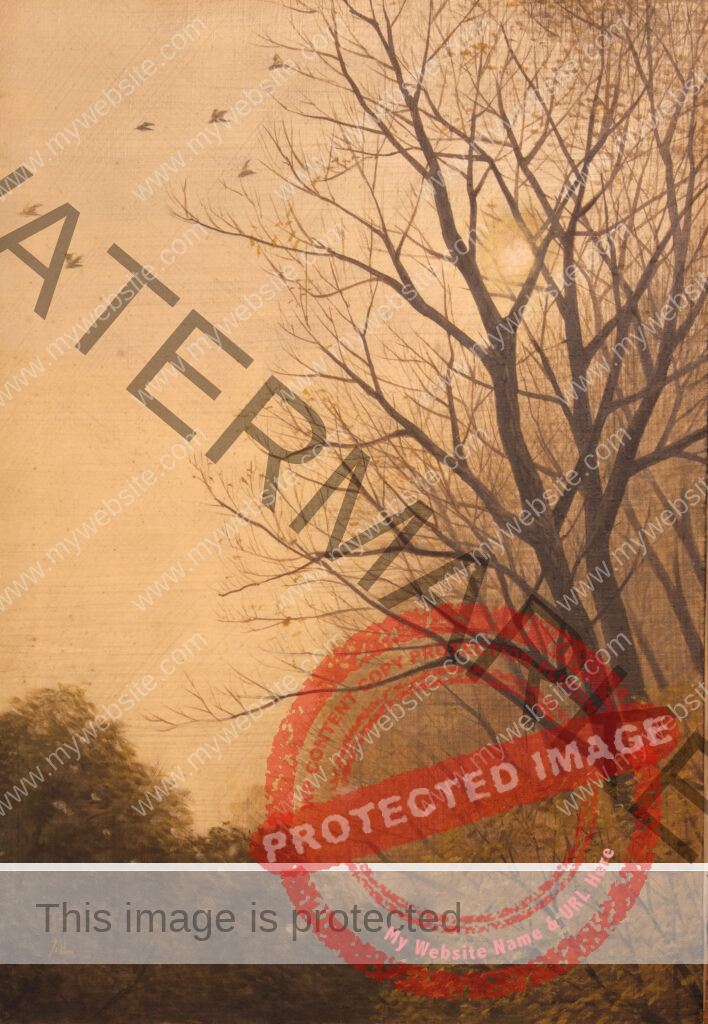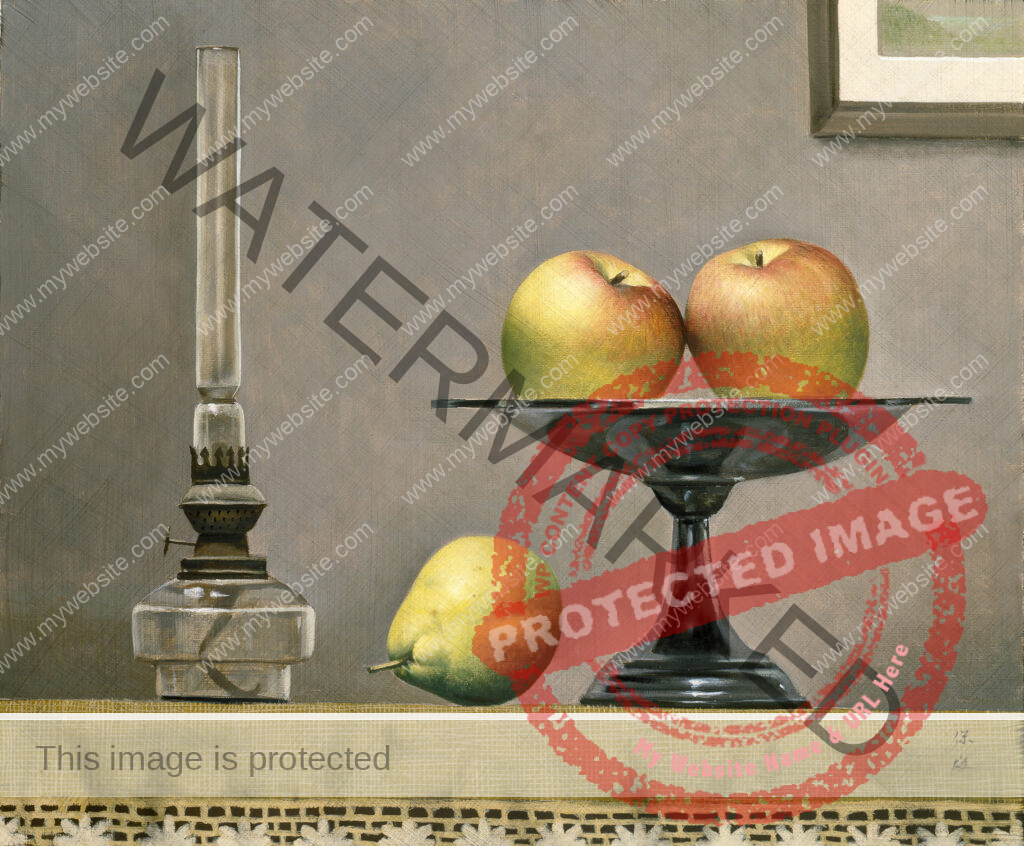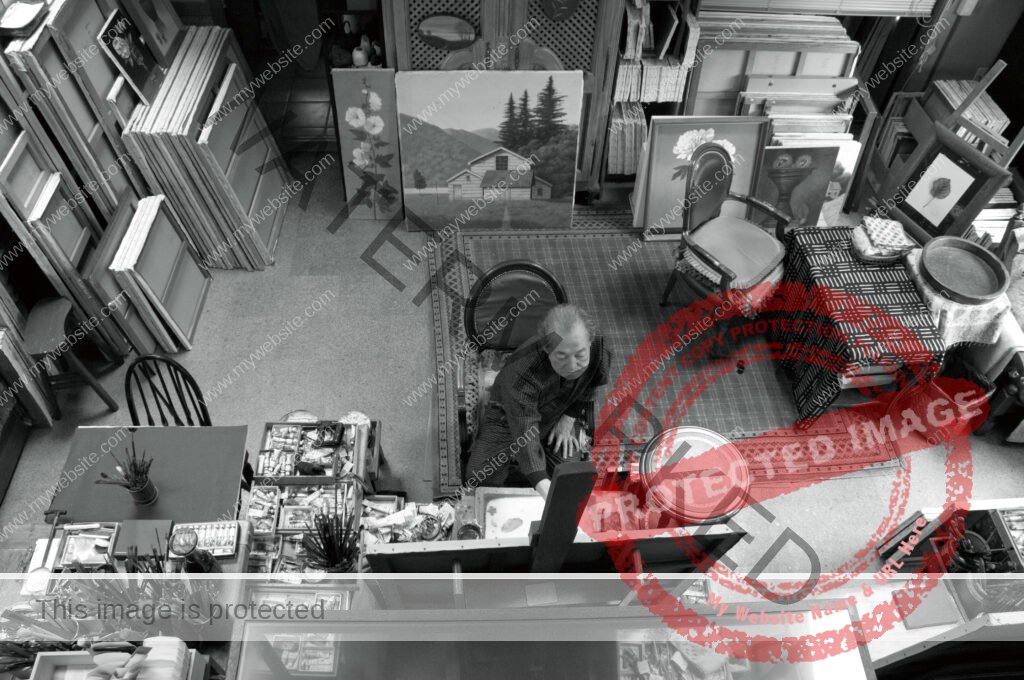Yasuo Takada and Quon - Pt.2
Let me introduce here “Lemon”, Motojiro Kajii’s first book, published in 1925.
If you have never come across it, this is a short novel that I highly recommend reading.
The protagonist of the novel is a young man who is almost crushed by an unknown, ominous mass, but manages to endure it.
The lemons at a certain fruit shop he wanders into have a peculiar effect on his clouded thinking.
Early in the novel, the protagonist only describes the lemon visually, as being like yellow paint, squeezed from a tube and left to harden.

As the story progresses, his perception of the lemon extends to the senses of touch and smell.
He described it as cold enough to soak through his palms and with an intense aroma that made him think of California, where they were produced.
And then he comes to a realisation. Within the confines of his mind, the lemon, with its solid presence, counterbalances the mysterious, ominous mass’ that haunts him.
He goes to the bookshop that was the source of his melancholy, and uses the heavy books to symbolise the ‘unidentifiable ominous mass’, piling them up to the point that they equalled his trauma. Then the lemon, a golden bomb of unknown possibilities, was placed on top of the stack of books to blow away the ‘unknowable ominous mass’.
Then, the clouds that had shrouded his mind dispersed and a smile returned to his face.
For me, as a fourteen-year-old who had encountered Kajii Kanjiro’s “Lemon”, the lemons in my real life were transformed into mystical fruit, in much the same way that, for those who know the story of Adam and Eve, apples may carry a meaning different from the apples imagined by those who do not.

I said earlier that the finest works of art do not require explanation, however I believe that there must be those out there whose own experiences mean that their perception is different, and as such I think it is worthwhile . Therefore, for those who have never encountered the landscapes and people depicted by Yasuo Takada, I will do my best to make known the background of his work and the cultural history of Japan.
We are enriched by learning from the outside of that which we do not possess, as well as by blurring the boundaries between ourselves and the outside.
Returning to the story, Yasuo Takada’s paintings have this power. The objects Yasuo creates on canvas are no longer just objects. The nature, creatures and objects he paints are suffused in a faint, unassuming scent that touches the soul.

He is able to capture the beauty we might otherwise miss. Some may be soothed by that faint fragrance, some may feel nostalgic, or they may even miss it. Whatever emotion it may evoke within you, please enjoy this subtle, pleasant fragrance.

